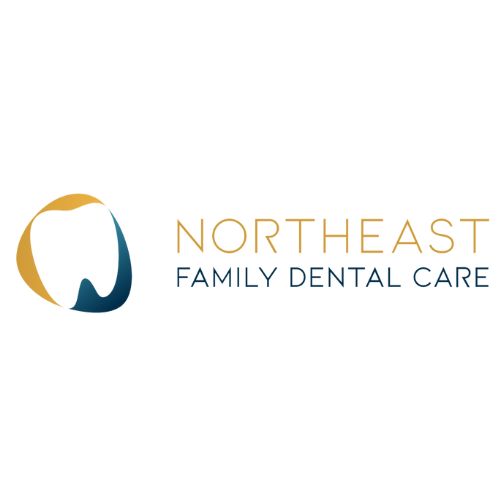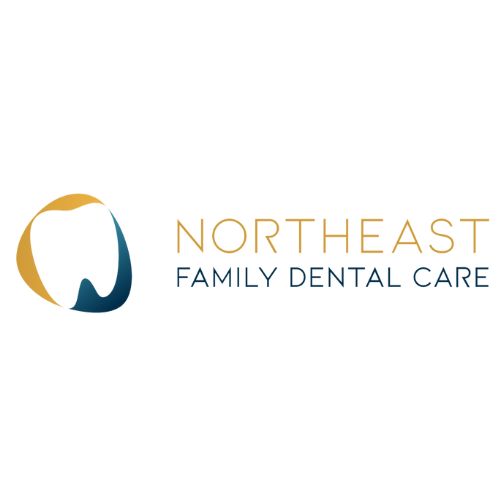How To Remove Dental Cement From Crowns Without Damaging The Tooth

Are you dealing with a stubborn dental cement residue on your crowns? Don't worry, we've got you covered! Removing dental cement from crowns can be a delicate process, but with the right precautions and techniques, it can be done effectively without damaging your precious teeth. In this blog post, we'll guide you through the step-by-step process of removing dental cement like a pro. So put on your dentist hat (metaphorically speaking!) and let's dive into the world of crown maintenance and care. Whether you're in Elgin or anywhere else, these tips will save your smile!
Reasons for Removing Dental Cement from Crowns
Dental cement is commonly used to secure dental crowns in place. However, there are several reasons why you may need to remove the dental cement from your crowns.
One of the main reasons is when a crown becomes loose or falls off completely. This can happen due to normal wear and tear over time, trauma to the tooth, or an improper fit of the crown. In such cases, it's important to remove the old cement before reattaching the crown to ensure a proper seal and long-lasting restoration.
Precautions to Take Before Attempting Removal
Before attempting to remove dental cement from crowns, it is important to take certain precautions. These steps will ensure that the tooth and surrounding areas are protected during the process.
1. Gather necessary tools: To safely remove dental cement, you will need a few key tools such as dental floss, cotton swabs, and an interdental brush. Having these items on hand before starting will make the process smoother.
2. Ensure proper lighting: Before beginning removal, make sure you have adequate lighting in your workspace. This will help you see clearly and avoid any accidental damage to the tooth or surrounding areas.
3. Practice good oral hygiene: It is essential to maintain good oral hygiene by brushing and flossing regularly before attempting removal. This helps reduce the risk of infection and ensures a clean working environment for removing dental cement.
4. Be gentle yet firm: When removing dental cement, it's important to strike a balance between being gentle and firm with your actions. Apply slight pressure when using tools but avoid excessive force that could cause damage.
5. Seek professional assistance if uncertain: If you are unsure about how to properly remove dental cement or feel uncomfortable doing it yourself, it is always best to seek professional assistance from a dentist or orthodontist who can guide you through the process safely.
By taking these precautions before attempting removal, you can minimize potential risks and ensure a successful outcome without damaging your tooth or surrounding structures.
Step-by-Step Guide to Removing Dental Cement
Step 1: Gather the necessary tools: Before you begin removing dental cement from your crown, it's important to gather all the tools you will need. This includes dental floss or a floss threader, dental picks or interdental brushes, and a mirror for better visibility.
Step 2: Start with gentle flossing: Using either regular dental floss or a floss threader specifically designed for crowns, gently work the floss back and forth between your tooth and the crown. This will help loosen any excess cement that may be present.
Step 3: Use interdental brushes or dental picks: If there are areas where the cement is particularly stubborn, you can try using interdental brushes or dental picks. These small tools can help reach tight spaces and effectively remove any remaining cement.
Step 4: Rinse and check for residue: After completing the removal process, rinse your mouth with water to remove any leftover debris. Then, use a mirror to carefully inspect both your tooth and crown to ensure no traces of cement remain.
Tips for Preventing Future Dental Cement Build-Up
1. Regular Oral Hygiene: Maintaining a good oral hygiene routine is essential in preventing dental cement build-up. Brush your teeth twice a day with a fluoride toothpaste and floss daily to remove any plaque or debris that can contribute to cement accumulation.
2. Avoid Sticky Foods: Certain foods, like chewy candies or sticky caramel, can cause dental cement to become dislodged from the crown. Try to limit your intake of these sticky treats to minimize the risk of future build-up.
3. Be Mindful While Eating: When eating, be cautious about using excessive force or biting into hard objects such as ice cubes or popcorn kernels, as this can also lead to crown displacement and potential cement build-up.
4. Regular Dental Check-Ups: Schedule regular visits with your dentist for professional cleanings and check-ups. Your dentist will be able to detect early signs of dental cement issues and address them promptly before they worsen.
5. Follow Post-Treatment Instructions: After getting a crown placement or any other dental procedure involving dental cement, make sure you follow all post-treatment instructions provided by your dentist meticulously. This includes avoiding certain foods or activities that may interfere with the proper bonding of the crown.
By following these tips, you can help prevent future dental cement build-up and maintain the longevity of your crowns while preserving optimal oral health!
Removing dental cement from crowns without damaging the tooth is a delicate process that requires careful attention and patience. By following the step-by-step guide outlined in this article and taking the necessary precautions, you can safely remove dental cement at home.
Additionally, it's important to take preventive measures to minimize future dental cement build-up on your crowns. Regular brushing and flossing, along with routine dental check-ups, can help maintain good oral hygiene and prevent excessive plaque accumulation.
If you reside in Elgin or its surrounding areas and need professional assistance with dental concerns, consider reaching out to a trusted dentist in Elgin. They have the expertise and experience to address any issues related to dental cement or other oral health matters.
By staying proactive about your oral care and seeking professional help when needed, you can keep your teeth healthy, maintain beautiful crowns, and enjoy a confident smile for years to come.


